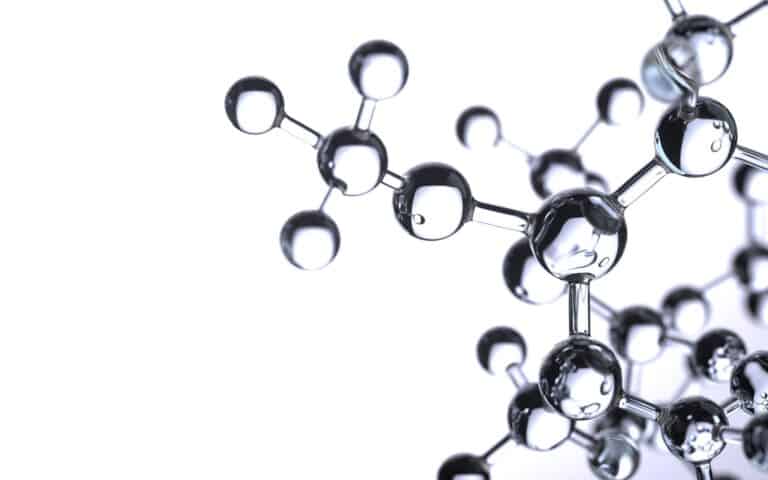In April, the U.S. Environmental Protection Agency released two much-anticipated final rules pertaining to certain contaminants within the broad class of synthetic compounds known as per- and polyfluoroalkyl substances. Commonly referred to as forever chemicals because of their long-lasting nature, PFAS have emerged as a chief source of contamination in drinking water supplies across the U.S. in recent years.
On April 10, the EPA released a pre-publication version of its final rule for PFAS in drinking water, setting limits for several individual forms of PFAS, mandating monitoring and notification requirements, and setting a five-year deadline for water providers to implement capital solutions to treat water supplies in excess of the new limits. The final rule comes amid recent legal settlements in which certain PFAS manufacturers have agreed to pay billions of dollars to water utilities affected by the contaminants.
The final rule “will reduce PFAS exposure for approximately 100 million people, prevent thousands of deaths, and reduce tens of thousands of serious illnesses.
—EPA
On April 19, the EPA issued a pre-publication version of its final rule, designating two PFAS – perfluorooctanoic acid and perfluorooctanesulfonic acid – as hazardous substances under the Comprehensive Environmental Response, Compensation, and Liability Act, the federal law governing the hazardous waste remediation program commonly known as Superfund. Although the agency sought to dispel fears that water and wastewater utilities and other “passive receivers” of PFAS will be targeted under CERCLA, industry groups expressed concern that the sector still could be forced to pay to clean up PFAS contamination that it did not cause.
Nationwide endeavor
Long used for industrial and commercial purposes, including as part of firefighting foams, nonstick cookware, and stain-resistant furniture, PFAS are now considered threats to human health. “PFAS exposure over a long period of time can cause cancer and other serious illnesses that decrease quality of life or result in death,” according to the EPA’s fact sheet on its final rule for PFAS in drinking water. “PFAS exposure during critical life stages such as pregnancy or early childhood can also result in adverse health impacts.”
By helping reduce PFAS levels in drinking water, the final rule “will reduce PFAS exposure for approximately 100 million people, prevent thousands of deaths, and reduce tens of thousands of serious illnesses,” according to the EPA’s April 10 news release announcing the final rule.
In the U.S., addressing PFAS contamination of drinking water is a “crucial nationwide endeavor,” says Kyle Thompson, Ph.D., P.E., the national PFAS lead for the water engineering consulting firm Carollo Engineers, resulting in large part from the widespread historical use of PFAS in jet-fuel firefighting foams at airports – both civilian and military – around the country. Along with such industrial uses as electroplating, another common source is leachate from landfills that have received consumer products that include PFAS, Thompson says.
Maximum contaminant levels vary
Among its key requirements, the final rule sets maximum contaminant levels for five individual PFAS as well as a hazard index level MCL for two or more of four PFAS as a mixture. The individual MCLs total 4 parts per trillion for perfluorooctanoic acid and perfluorooctane sulfonate and 10 ppt for perfluorononanoic acid, perfluorohexanesulfonic acid, and hexafluoropropylene oxide dimer acid.
Because of concerns about the additive health effects of certain PFAS even when individually present at low levels, the EPA in its final rule has deployed a hazard index MCL of […]
Full article: www.asce.org

